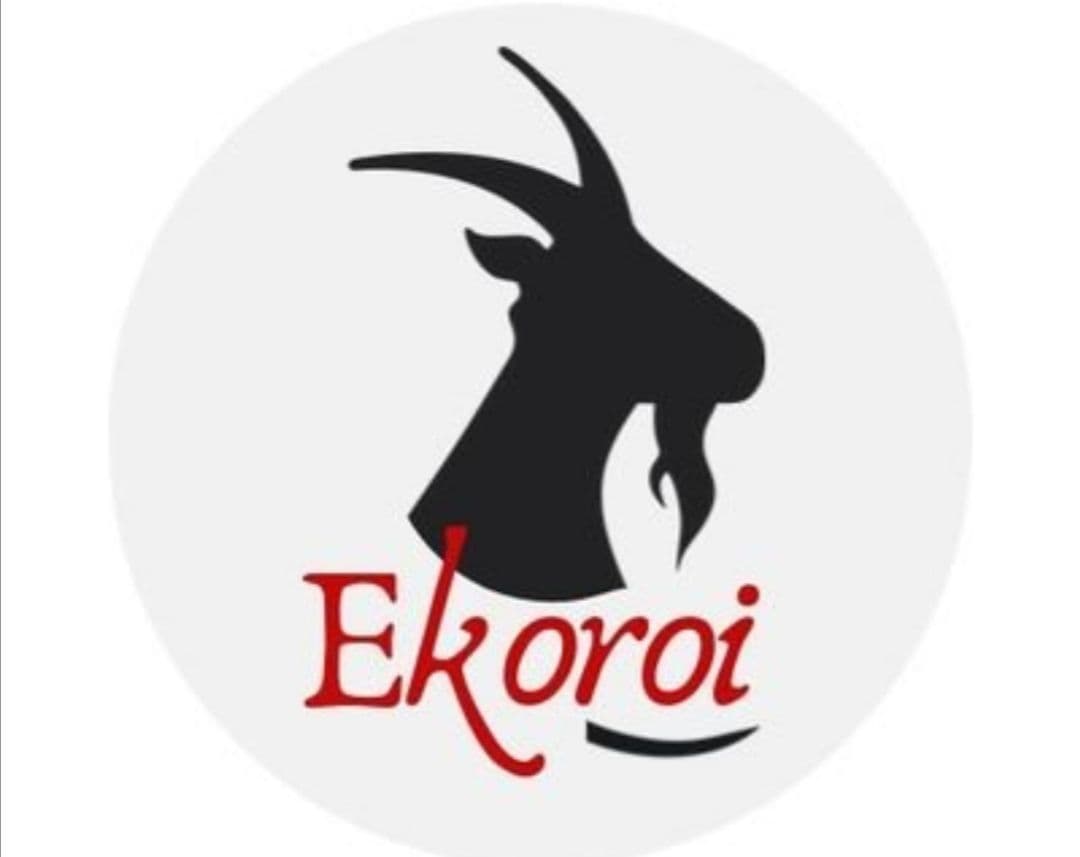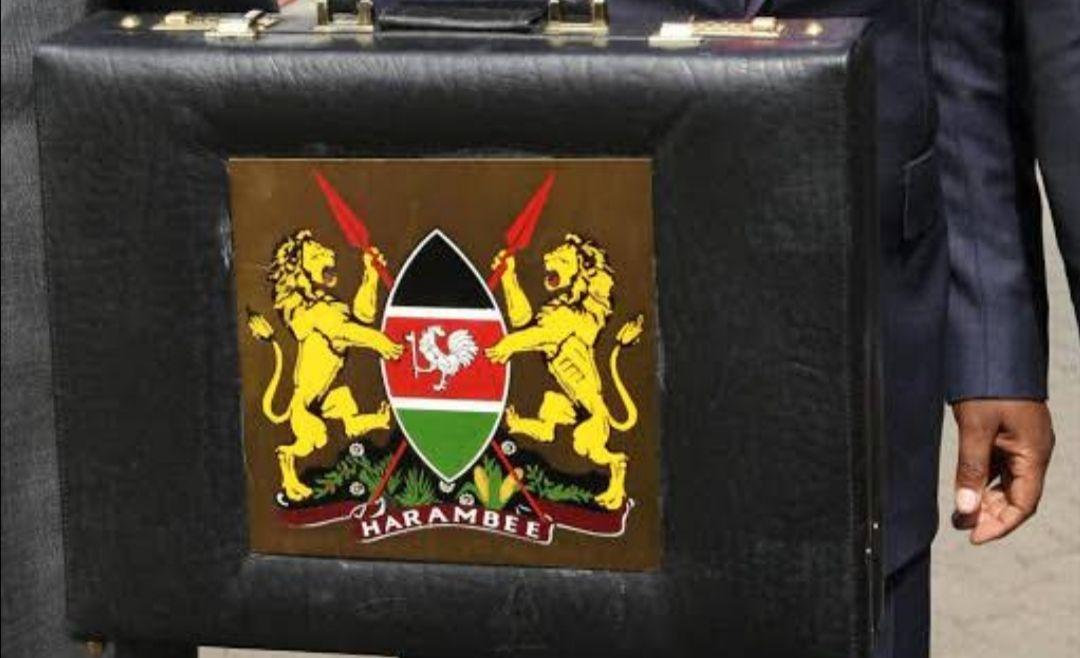Submitted by Jesse Ogola
In the words of French writer Jean-Baptiste Alphonse Karr: “Plus ca change, plus c’est la meme chose.” (“the more things change, the more they stay the same.”) In economics, there’s no such thing as a free lunch. And there is no such thing as a government that can spontaneously fabricate cows.
There’s an old internet meme that explains economic systems with bovine means: Socialism
You have two cows. You give one to your neighbour: Communism
You have two cows. The state takes both and gives you some milk: Fascism
You have two cows. The state takes both and sells you some milk: Capitalism
You have two cows. You sell one and buy a bull. Your herd multiplies, and the economy grows.
You sell them and retire on the income.
But there’s a new wave of economic thinking that goes like this…
Modern Monetary Theory:
You have two cows. The government has a monopoly on cow production and can make as many cows as it wants. Everyone thrives on endless cows.
Modern Monetary Theory (MMT), although it’s modern in name only, MMT’s key proposition is that a government has a monopoly on money creation. Basically, because the government is the sole issuer of money and so it can afford to spend infinitely without fears of running out of cash.
This means that the government doesn’t need to collect our tax dollars before spending them. It also means that budget surpluses — years when the government collects more than it spends — are a drag on economic growth. If the government is running a surplus, money is accruing in government coffers instead of in the hands of corporations and ordinary people where it could be readily spent.
It’s a novel way of justifying a government’s ability to spend, just as Roman emperors would debase their own currencies by adding lower-value metals to pay off war debts.
A decade ago, economists Ken Rogoff and Carmen Reinhart published a noteworthy book titled This Time Is Different. In their book, they looked at an 800-year history of financial crises. They concluded the opposite of their title: It’s never different. It’s always the same. Policymakers, central bankers and investors delude themselves into believing that the era of financial panics has gone away. Then one arrives on your doorstep like an unexpected tornado.
Rogoff and Reinhart found a pattern that once debt breaks above 90% of debt to GDP, risks of a large impact on economic growth become significant. This implies that the U.S., at 105.4% of debt to GDP (and growing), is going to face tough economic times ahead.\
How about Kenya?
Kenya’s debt ceiling is the latest fiscal policy that is a hot topic and bone of contention among economists. Under normal circumstances basing the ‘normal’ on a progressive government development agenda.
Kenya’s debt situation would appear viable since it is intended to spur production, Export and Tax Revenues as well attract private investors to the economy. But the major concerns for every average Kenyan is cancer that is corruption. This changes the terms and overall perception of the economy. Not only that, but it dims the possibility our debt: GDP ratio of being within manageable range with minimal negative shocks to the economy immediately or later.
Current Kenya’s debt ceiling raised to 9 trillion would cause foreseeable damages to the economy considering a lot of Government-issued bonds have questions marks around their absorption within the economy.
To put this into perspective; Kenya’s government seeking for more funds to finance its infrastructural budget deficit is not that bad but the shady workings of infrastructural developments in Kenya are what causes FEARS with many analysts, ability to service the debts itself pinging on the back of their heads.
The current infrastructural developments that have been stalled amount to $3.8 Billion which has forced the government to suspend new projects until the ongoing projects are completed while maintaining its debt servicing and recurrent expenditures without delays.
According to the Parliamentary Budget Office [PBO], the raising of the debt ceiling means more bonds will be issued among other loans to finance government projects within the vision 2030 alongside finishing President Uhuru Kenyatta’s Big 4 Agenda. PBO is concerned that the 9 trillion shillings debt ceiling will bring with it refinancing risks in a market where businesses are crowded out due to fiscal policies that interfere with free-market activities. The President’s resolution to remove the benchmark interest rates is a first step towards easing the market conditions. (A little too late if you ask me).
International Monetary Fund (IMF) recommends that emerging markets should keep their debt to GDP ratios at 50% which was surpassed long ago with the current figures at 56% (5.9 trillion shillings as of June 2019). An additional borrowing of 630 billion shillings to finance the completion of the prestigious Jubilee government’s pet project Standard Gauge Railway pitting the debt to GDP at 61%.
IMF again recommends that emerging markets set its debt servicing ratio to the revenue collected at 30%. As of 2017, the costs were 42.7% of the country’s revenue which is approximated to be well over 52% as of June 2019.
This begs the question, is the debt ceiling increment intended to offer headroom for loans that cover our budget deficit – alarming?… or an amber alert?
Ekoroi Disclaimer
This article is a little bit old. However, enjoy its contents.




